Discover the timeless charm of free vintage sewing patterns in PDF format, offering a sustainable way to create unique, retro-inspired garments while connecting with fashion history.
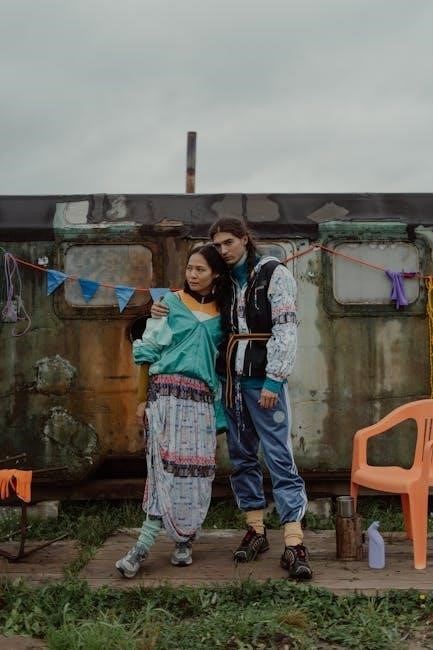
What Are Vintage Sewing Patterns?
Vintage sewing patterns are original or reproduced templates from past decades, offering designs inspired by historical fashion trends. Typically spanning the 1920s to the 1980s, these patterns provide blueprints for creating authentic period garments. Often digitized into PDF formats, they are easily downloadable and printable, making them accessible to modern sewists. These patterns reflect the style and craftsmanship of their eras, capturing the essence of bygone fashion. Whether for dresses, blouses, or accessories, vintage patterns cater to various skill levels, from beginners to experienced sewists. They allow crafters to recreate timeless pieces, blending nostalgia with contemporary creativity. Embracing vintage patterns connects sewists to fashion history while offering a sustainable, DIY approach to unique clothing.
Why Choose Free Vintage Sewing Patterns?
Choosing free vintage sewing patterns offers a cost-effective and sustainable way to explore historical fashion. These patterns, available in PDF formats, allow sewists to create unique, retro-inspired garments without financial investment. They cater to a growing interest in DIY craftsmanship, enabling individuals to reconnect with traditional sewing skills. Free vintage patterns also promote eco-friendly fashion by encouraging the reuse of classic designs, reducing the need for fast fashion. Additionally, they provide a gateway to understanding historical fashion trends, making them a valuable resource for both hobbyists and history enthusiasts. With their timeless appeal, free vintage patterns inspire creativity while preserving fashion heritage for future generations.
Benefits of Using PDF Formats for Vintage Patterns
PDF formats for vintage sewing patterns offer numerous advantages, making them a preferred choice for crafters. They are easily accessible and downloadable, ensuring instant availability. PDFs maintain the original quality and layout of intricate vintage designs, crucial for accuracy. These files are compatible with all devices, allowing seamless viewing and printing. PDFs are also environmentally friendly, eliminating the need for physical storage. Additionally, they can be easily shared and stored digitally, preserving historical patterns for future generations. The ability to print only needed pages further enhances convenience. Overall, PDFs provide a practical, efficient, and sustainable way to work with vintage sewing patterns, ensuring their timeless appeal endures.
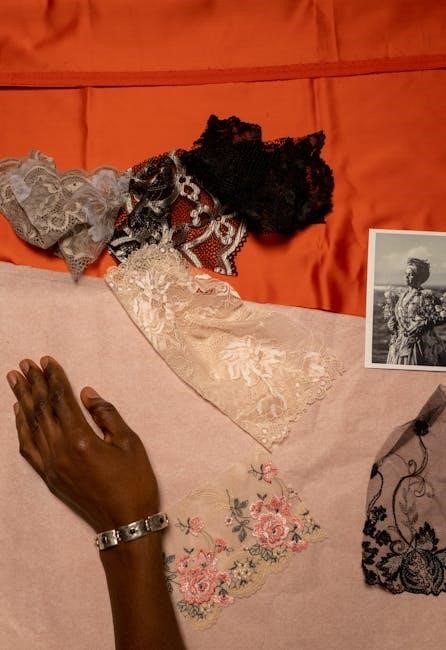
Where to Find Free Vintage Sewing Patterns
Discover free vintage sewing patterns through top websites and communities like Ralphpink and Soubrette Vintage, offering a wide range of retro designs in PDF format.
Top Websites for Downloading Free Vintage Sewing Patterns
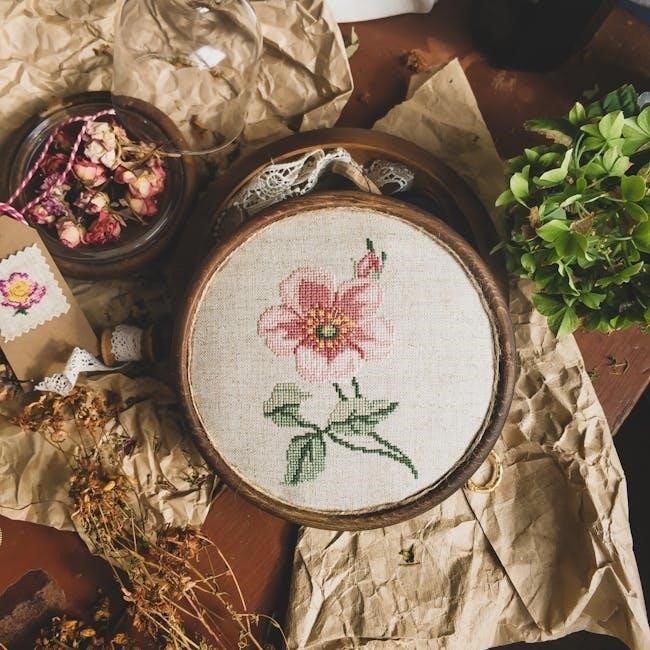
Explore top websites offering free vintage sewing patterns in PDF format. Ralphpink and Soubrette Vintage provide extensive collections of retro designs, from 1920s flapper dresses to 1950s petticoats. These platforms frequently update their libraries, ensuring a wide variety of patterns for dresses, blouses, and accessories. Many sites also offer tutorials and tips for working with vintage patterns, making them ideal for both beginners and experienced sewists. With over 45 free patterns available, including 1940s hats and 1950s-inspired dresses, these resources are perfect for crafting unique, timeless pieces. Visit these sites to discover your next vintage sewing project!
Open-Source Platforms and Communities
Open-source platforms and sewing communities are invaluable resources for accessing free vintage sewing patterns. The Vintage Patterns Wiki stands out, offering over 83,500 patterns from the 1920s to the 1990s. Online forums and social media groups, such as Pinterest and Instagram, foster collaboration and sharing among enthusiasts. Many creators upload scanned patterns to platforms like GitHub or Google Drive, ensuring accessibility. These communities often include tutorials, tips, and discussions about restoring and adapting vintage designs. By engaging with these open-source networks, sewists can explore a vast library of historical patterns while connecting with like-minded crafters worldwide, preserving fashion history for future generations.
Independent Designers and Bloggers
Independent designers and bloggers play a significant role in sharing free vintage sewing patterns. Many creators offer PDF downloads of classic designs on their websites, often showcasing dresses, blouses, and accessories. Bloggers like those at Soubrette Vintage curate and share vintage-inspired patterns, updating their collections regularly. These platforms often include tutorials, tips, and stories behind the patterns, fostering a sense of community. By supporting these designers, enthusiasts gain access to unique, high-quality patterns while connecting with fellow sewing enthusiasts. This grassroots approach ensures vintage fashion remains accessible and alive for modern makers.
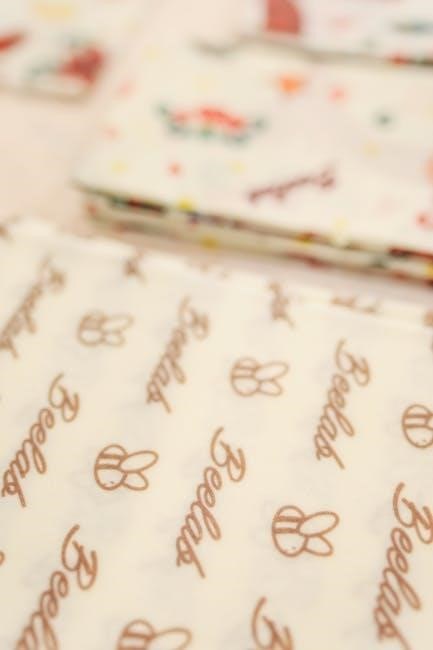
Popular Types of Vintage Sewing Patterns
Explore iconic eras, from 1920s flapper dresses to 1980s retro styles, with free PDF patterns offering timeless designs for dresses, blouses, and accessories that never go out of fashion.
1920s-1950s Era Patterns
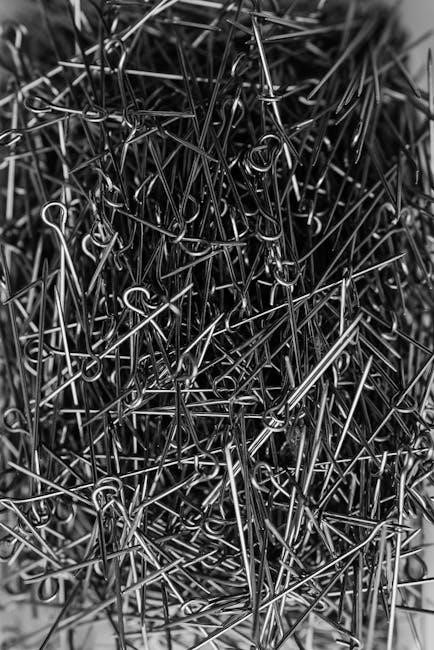
The 1920s to 1950s offer a wealth of iconic vintage sewing patterns, from flapper dresses to tailored suits. The 1920s are known for their dropped waistlines, flowing fabrics, and Art Deco details, while the 1930s introduced a more feminine silhouette with intricate embroidery and floral motifs. The 1940s shifted to utility-driven designs due to wartime influences, featuring shorter hemlines and practical details. Finally, the 1950s embraced the “New Look” with full skirts, fitted waists, and luxurious fabrics. These free PDF patterns capture the essence of each era, allowing crafters to recreate timeless garments like evening gowns, day dresses, and accessories with historical charm.
1960s-1980s Retro-Inspired Designs
The 1960s brought mod styles, mini-skirts, and shift dresses, while the 1970s embraced maxi dresses and bell-bottom jeans. The 1980s featured bold shoulder pads and neon accents. These eras are now accessible through free vintage PDF sewing patterns, allowing crafters to recreate iconic looks like A-line dresses, peasant blouses, and retro-inspired jumpsuits. Patterns often include details such as psychedelic prints, embroidery, and unique silhouettes, making them perfect for those who love retro fashion. Whether you’re aiming for a 1960s mod aesthetic or a 1980s power suit, these designs offer a fun way to incorporate nostalgia into modern wardrobes with ease and creativity.
Specific Garment Types: Dresses, Blouses, and More
Vintage sewing patterns offer a wide variety of garment types, from elegant dresses to practical blouses. Popular choices include 1950s-style fit-and-flare dresses, 1940s blouses with intricate details, and even retro-inspired swimsuits. Many patterns also feature accessories like hats, purses, and aprons, allowing crafters to create complete outfits. These designs cater to different skill levels, making them accessible to both beginners and experienced sewists. The availability of PDF formats ensures easy downloading and printing, enabling enthusiasts to bring these classic styles to life. Whether you’re looking to recreate a vintage wardrobe or add a touch of nostalgia to modern clothing, these patterns provide endless opportunities for creativity and self-expression.
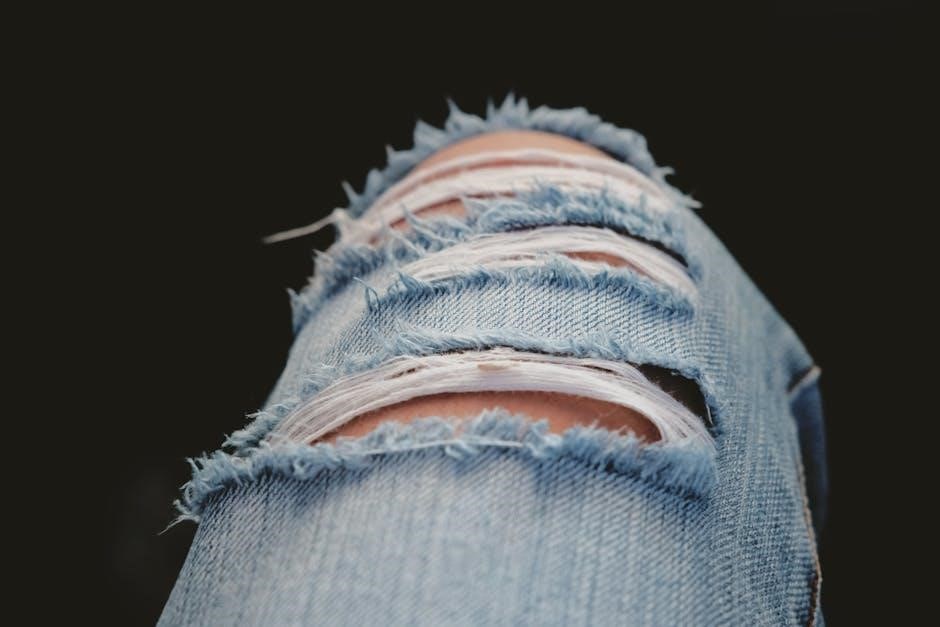
How to Use Free Vintage Sewing Patterns
Download and print PDF patterns, then cut and sew following instructions. Tips include using modern fabrics and altering sizes for a perfect fit.
Downloading and Printing Tips
When working with free vintage sewing patterns in PDF format, ensure your printer is set to “actual size” to maintain accuracy. Print a test page with a 1-inch scale to confirm measurements. Use high-quality paper for durability, and consider assembling multi-page patterns by taping pieces together carefully. For large patterns, print in sections and align using the provided grid markers. Always read the instructions before cutting fabric, and note any specific seam allowances or notions required. Finally, organize your printed patterns in folders or binders for easy access and future projects.
Understanding Vintage Pattern Instructions
Vintage sewing patterns often feature concise instructions, requiring careful attention to detail. Unlike modern patterns, they may omit explicit steps, assuming prior sewing knowledge. Familiarize yourself with terms like “seam allowances” and “notions,” as definitions may vary. Look for diagrams or illustrations to guide construction, and verify measurements before cutting fabric. Some patterns include tissue inserts with markings, while others rely on written descriptions. For clarity, refer to historical sewing guides or online tutorials. Joining vintage sewing communities can also provide insights and tips. Always double-check instructions to ensure accuracy, as misinterpretations can affect the final garment’s fit and appearance.
Altering Patterns for Modern Sizes and Fabrics
Adapting vintage patterns to fit modern sizes and fabrics requires careful adjustments. Start by comparing the pattern’s measurements to your own or contemporary standards. Grading up or down may be necessary to achieve the desired fit. Consider fabric weight and drape, as vintage patterns were often designed for specific textures. Use muslin prototypes to test fit and make alterations. Additionally, modernize patterns by incorporating stretch fabrics or adjusting sleeve lengths. Online tutorials and sewing communities offer guidance for these modifications. By blending historical designs with contemporary preferences, you can create garments that honor their roots while suiting today’s styles and materials.
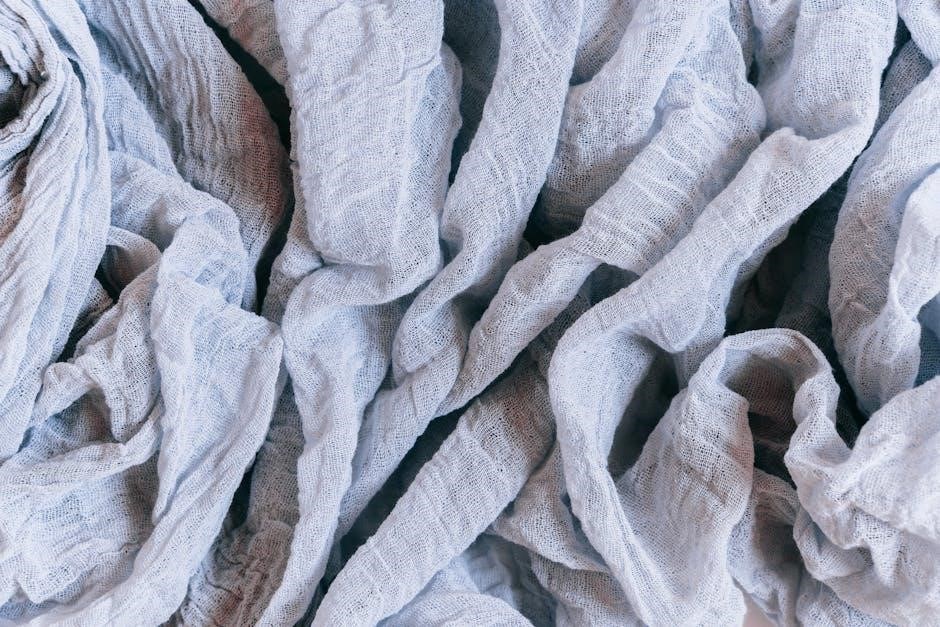
Customizing Vintage Sewing Patterns
Transform vintage patterns into unique creations by mixing eras, adding modern twists, or upcycling fabrics, breathing new life into classic designs while preserving their timeless charm.
Adding Modern Twists to Classic Designs
Adding modern twists to vintage sewing patterns allows for personalized creations that blend nostalgia with contemporary style. Experiment with bold color-blocking, unique fabric choices, or contemporary embroidery to refresh classic designs. Incorporate modern silhouettes or trendy details like asymmetrical hemlines or pockets into timeless patterns. Mix elements from different eras to create hybrid designs that feel both vintage and fresh. Upcycle old fabrics or repurpose materials to add an eco-friendly touch. These modifications not only make the designs more versatile but also ensure they align with today’s fashion trends, offering a wearable and modern interpretation of vintage charm. This approach keeps heritage alive while catering to modern tastes.
Mixing and Matching Different Eras
Mixing and matching elements from various decades allows sewists to create unique, eclectic designs. Combine the flowing sleeves of a 1920s dress with the structured waist of a 1950s pattern, or blend the bold prints of the 1970s with the elegance of 1940s tailoring. This approach enables the creation of one-of-a-kind garments that celebrate multiple eras. By selecting complementary features, such as neckline styles or skirt lengths, from different vintage patterns, you can craft a design that feels both nostalgic and modern. This creative technique not only expands your design possibilities but also adds a personal touch to your sewing projects, making them truly distinctive and wearable across seasons.
Upcycling old fabrics with vintage patterns is a sustainable and creative way to breathe new life into discarded materials. Transform vintage linens, lace, or leftover fabric scraps into unique garments. Use free PDF patterns to craft items like aprons, bags, or home decor. This eco-friendly approach aligns with the slow fashion movement, reducing waste while preserving historical techniques. Many patterns are specifically designed for repurposing fabrics, ensuring minimal material waste. By combining vintage patterns with upcycled fabrics, you create timeless pieces that tell a story, blending past and present seamlessly. This method not only highlights your craftsmanship but also contributes to a more environmentally conscious lifestyle. Vintage sewing patterns are a window into fashion history, reflecting cultural shifts, social norms, and craftsmanship of bygone eras, preserving them for future generations to study and appreciate. Vintage sewing patterns offer a fascinating glimpse into the evolution of fashion, with designs that mirror the cultural and social shifts of their respective eras. From the flowing, liberated silhouettes of the 1920s to the structured, feminine styles of the 1950s, these patterns capture the essence of their time. The 1960s and 1970s introduced bold prints, mini hemlines, and a more relaxed fit, while the 1980s embraced oversized shoulders and vibrant colors. Each decade’s unique aesthetic is preserved in these patterns, making them a valuable resource for understanding fashion history. By exploring these designs, sewists can recreate iconic looks or adapt them to modern tastes, bridging the past and present with every stitch. Vintage sewing patterns reflect the cultural and social dynamics of their time, with designs often shaped by historical events, societal norms, and cultural movements. For instance, the 1940s saw utility patterns due to wartime rationing, while the 1960s embraced free-spirited, countercultural styles. The Civil Rights Movement and feminist shifts influenced fashion, with patterns showcasing empowerment through bold, liberated designs. These patterns also highlight craftsmanship and practicality, echoing the resourcefulness of earlier eras. By examining these designs, sewists gain insight into how fashion has historically reflected and responded to societal changes, offering a unique lens to understand cultural evolution. Each pattern is a testament to the era it represents, preserving history for modern creators to explore and appreciate. Free vintage sewing patterns PDFs play a vital role in preserving historical fashion, ensuring that classic designs remain accessible to future generations. These patterns, often digitized from original sources, capture the essence of bygone eras, from intricate 1920s flapper dresses to practical 1940s utility clothing. By sharing and downloading these PDFs, enthusiasts help safeguard fashion history, preventing rare patterns from being lost. Additionally, many platforms and communities dedicate themselves to archiving and restoring vintage patterns, fostering a connection between past and present. This preservation effort not only honors the craftsmanship of earlier decades but also educates modern sewists about historical techniques and cultural influences, ensuring that vintage fashion continues to inspire and evolve. Essential tools for vintage sewing include seam rippers, measuring tapes, and vintage sewing machines. Online tutorials and sewing communities provide invaluable guidance and inspiration for restoring and adapting free vintage patterns to modern tastes. Essential tools for vintage sewing include a seam ripper, measuring tape, and sharp fabric scissors. A vintage or mechanical sewing machine is ideal for handling delicate fabrics. Rotary cutters and tracing wheels are useful for accurately cutting and tracing patterns. Irons and pressing cloths help achieve crisp finishes, while zippers, buttons, and lace add authentic touches. Online tutorials and sewing communities provide guidance for restoring and adapting patterns. These tools and resources ensure a seamless experience in creating timeless, retro-inspired garments from free vintage sewing patterns. Online tutorials and workshops are invaluable resources for mastering vintage sewing techniques. Websites offer step-by-step guides and video libraries covering essential skills, from basic stitches to intricate details. Many platforms provide email notifications for new content, ensuring learners stay updated. With over 20 tutorials and more added monthly, these resources cater to all skill levels. Workshops often focus on restoring and adapting vintage patterns, while communities share tips and inspiration. These tools empower sewists to confidently embrace retro designs, preserving historical fashion while creating modern, unique garments. The wealth of online resources makes vintage sewing accessible and enjoyable for everyone. Books and guides on vintage sewing techniques are essential companions for sewists aiming to master retro patterns. Many titles, available as free PDF downloads, focus on traditional methods like hand stitching, embroidery, and pattern alterations. These resources often include historical context, helping sewists understand the evolution of fashion and construction techniques. Comprehensive guides cover topics such as corsetry, tailoring, and vintage embroidery, offering detailed instructions for authentic period garments. Whether you’re a beginner or an experienced sewer, these books provide invaluable insights and practical advice. Their availability in PDF format makes them easily accessible, ensuring timeless sewing knowledge is preserved for future generations. Free vintage sewing patterns in PDF format offer a sustainable way to create timeless, retro-inspired garments while preserving historical fashion for future generations to cherish and enjoy. Free vintage sewing patterns offer a cost-effective, sustainable way to create unique, timeless garments. They connect us to historical fashion while allowing for modern reinterpretation. Perfect for crafters of all skill levels, these patterns inspire creativity and provide a sense of accomplishment. With the ability to customize fits and fabrics, they cater to individual tastes. Embrace the nostalgia and craftsmanship of bygone eras while contributing to a greener, DIY-friendly lifestyle. Whether for personal use or gifting, these patterns are a treasure trove of endless possibilities. Dive into the world of vintage sewing and let your creativity flourish with every stitch! Embark on a creative journey with free vintage sewing patterns, a gateway to crafting unique, timeless garments. These PDF designs inspire experimentation, allowing you to blend retro charm with modern style. Whether you’re a novice or an experienced sewer, each pattern offers a chance to learn and grow. Embrace the flexibility to alter fits and fabrics, making each project truly personal. Join a community of crafters preserving historical fashion while innovating for today. With countless options, from 1920s flapper dresses to 1950s housewife chic, let your imagination run wild. Sewing is not just a skill—it’s a way to express yourself and connect with the past. Start your adventure today and create something truly special!Upcycling Old Fabrics with Vintage Patterns

The Historical Significance of Vintage Sewing Patterns
Reflection of Fashion Through the Decades
Cultural and Social Influences on Vintage Designs
Preserving Historical Fashion for Future Generations
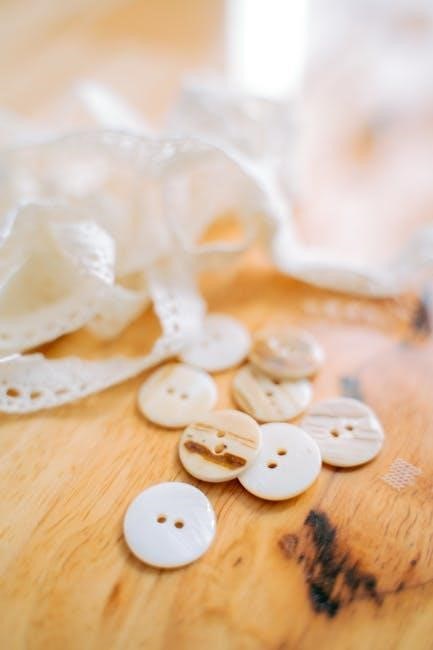
Resources and Tools for Vintage Sewing
Recommended Sewing Tools for Working with Vintage Patterns
Online Tutorials and Workshops
Books and Guides on Vintage Sewing Techniques
Final Thoughts on Free Vintage Sewing Patterns
Encouragement to Explore and Create
